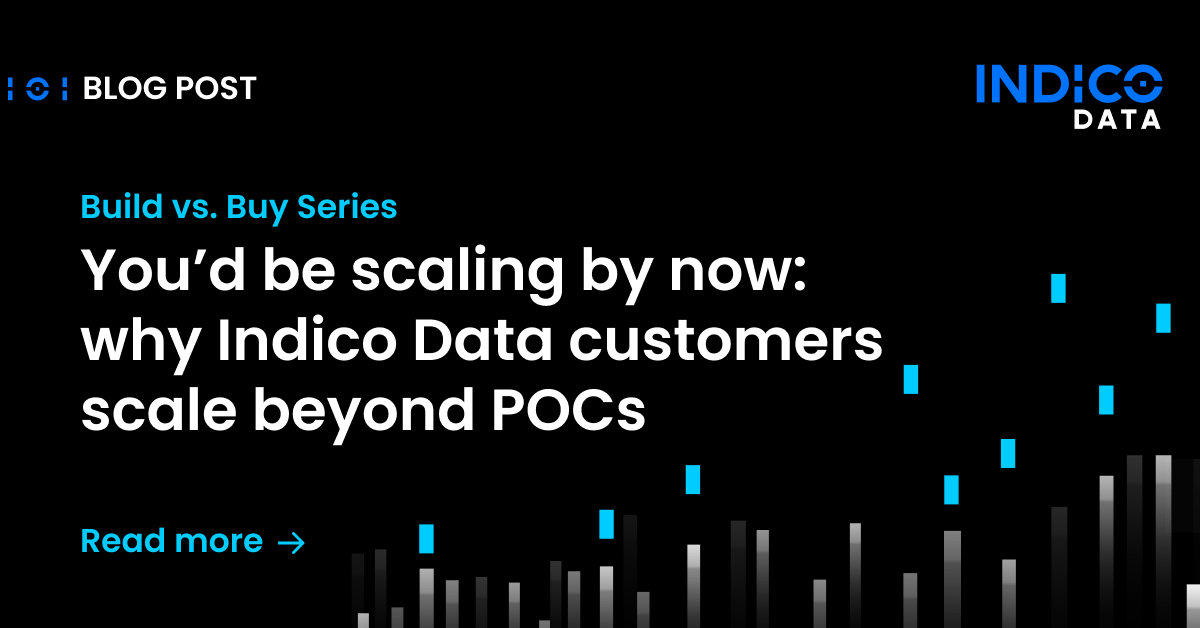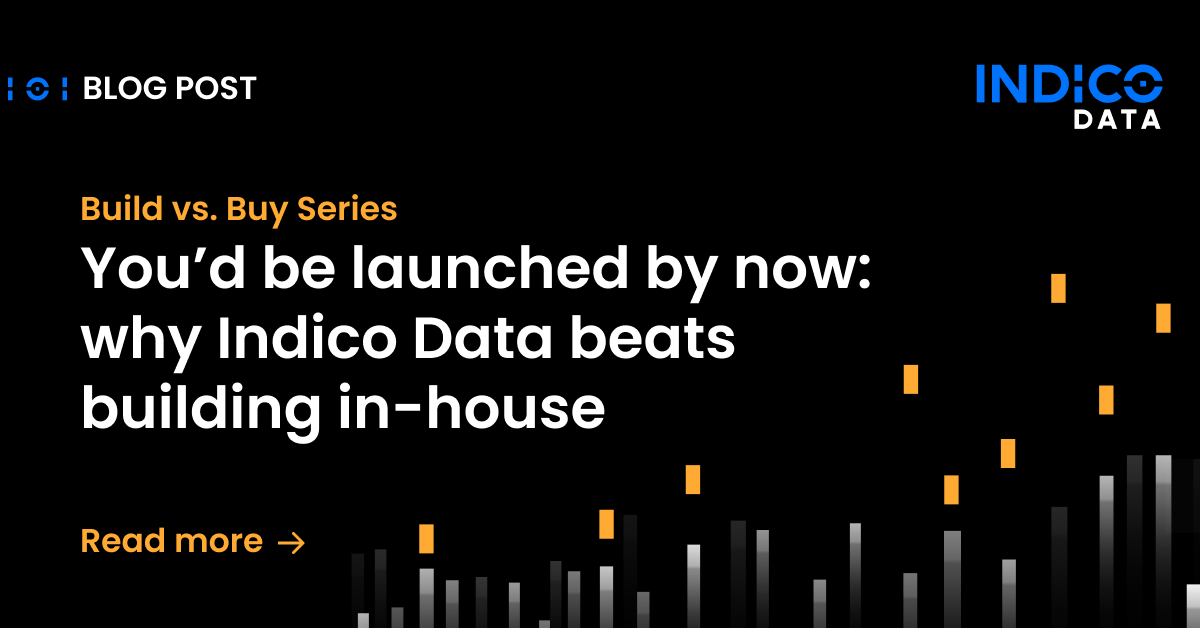Insurance companies – whether life, property & casualty or commercial – know they have to be accurate in their underwriting processes in order to be profitable. But underwriting is a process that can be laborious, involving humans extracting data from various types of documents, most of them unstructured. That’s why so many companies are interested in technologies that can help to automate underwriting, starting with the automating the insurance submissions intake process.
A common path to underwriting automation is to use robotic process automation (RPA) or approaches based on optical character recognition (OCR) and templates. Such approaches typically work well with structured content, where it’s predictable where the desired data will be located in a document.
But most of the documents in the underwriting process are of the unstructured variety. They may include tax returns, medical data, images and lengthy questionnaires, especially for commercial policies. The documents typically arrive via email, driving the need to automate the insurance submission request process. That includes reading the email, unpacking and categorizing attached documents.
Often, there’s a back-and-forth with the potential client that can go on for weeks until the insurer is comfortable it has all the data it needs to make an informed underwriting decision. Automating the insurance submission process, then, requires a tool based on artificial intelligence technologies with cognitive capabilities that give it the ability to process even unstructured content.
It’s an issue that’s taking on urgency because effective underwriting is paramount to profitability for insurance companies. In a study looking at data covering 30 years, researchers at McKinsey & Company found operating results had the greatest impact on an insurer’s overall financial performance. And a company’s loss ratio accounted for the vast amount of differentiation among companies, varying as much as 28% vs. just 2% to 4% for expenses.
Document automation for underwriting
Keeping loss ratios under control is what effective underwriting is all about. But there is a solution: using intelligent document processing (IDP) for underwriting automation.
IDP, also known as intelligent automation or hyperautomation, brings AI technologies such as machine learning, transfer learning and natural language processing to bear on process automation. Collectively, these technologies enable an IDP tool to “read” documents and images just as a human would. IDP models can be trained to find the most relevant data from all the documents involved in the insurance submission and underwriting process, extract it and convert it to a structured format. From there, an RPA tool could be used to input the data into a downstream underwriting system.
3 reasons you need underwriting automation
For insurance companies, underwriting automation is imperative for at least three big reasons.
First, they need to compete with insurtech startups. These companies are raising vast sums of money and pouring it into technologies they hope will give them an edge. And there are a lot of them. The website Daily Finance recently published a list of the top insurtech companies in the U.S. in 2021 that was over 50 strong. The European site Seedtable did it one better with its post titled, “83 Insurtech Startups to Watch in 2021.”
Another driver for underwriting automation is it delivers improved customer service. Reducing the time spent processing each document required for the underwriting process means decisions are made more quickly. That improves the overall customer experience and helps to increase customer retention rates.
Finally, automating the underwriting process makes it feasible for insurance companies to gather more data, enabling them to make more informed and accurate decisions. Additionally, automated processes are less prone to error than those that require humans to read documents for hours on end, again resulting in more accurate underwriting.
Indico delivers citizen data scientists
Insurance companies will only realize these benefits, however, if their IDP tool is simple enough for those who understand the underwriting process best to use it.
That’s the intent behind the Indico Unstructured Data Platform. Its intuitive user interface makes it accessible to business process experts, those who understand the underwriting process best. These professionals use the tool to create models to automate the process of reading documents and pulling out the most pertinent data. It takes just a few hours and maybe 200 documents to train a model that will deliver extremely high accuracy.
The models are accurate because the Indico platform includes a database of 500 million labeled data points – enough to provide context behind any document involved in automating the underwriting process.
With Indico, your underwriting process experts turn into “citizen data scientists.” Everyday professionals who use powerful AI-based tools to create effective underwriting automation models; no actual data scientists needed. That ability is also crucial to scaling automation efforts across enterprise-scale insurance companies. To learn more about how Indico can help automate your insurance underwriting processes sign up to request a demo. Or, if you have questions, feel free to get in touch. It may just help you stave off all those insurtech startups.


